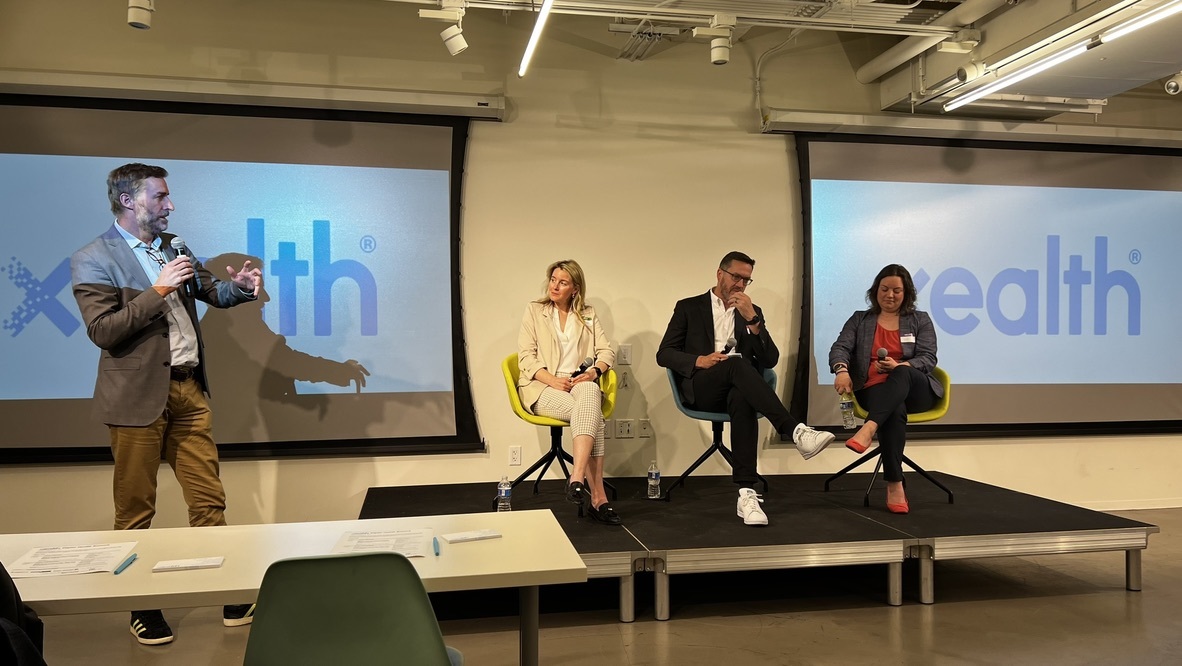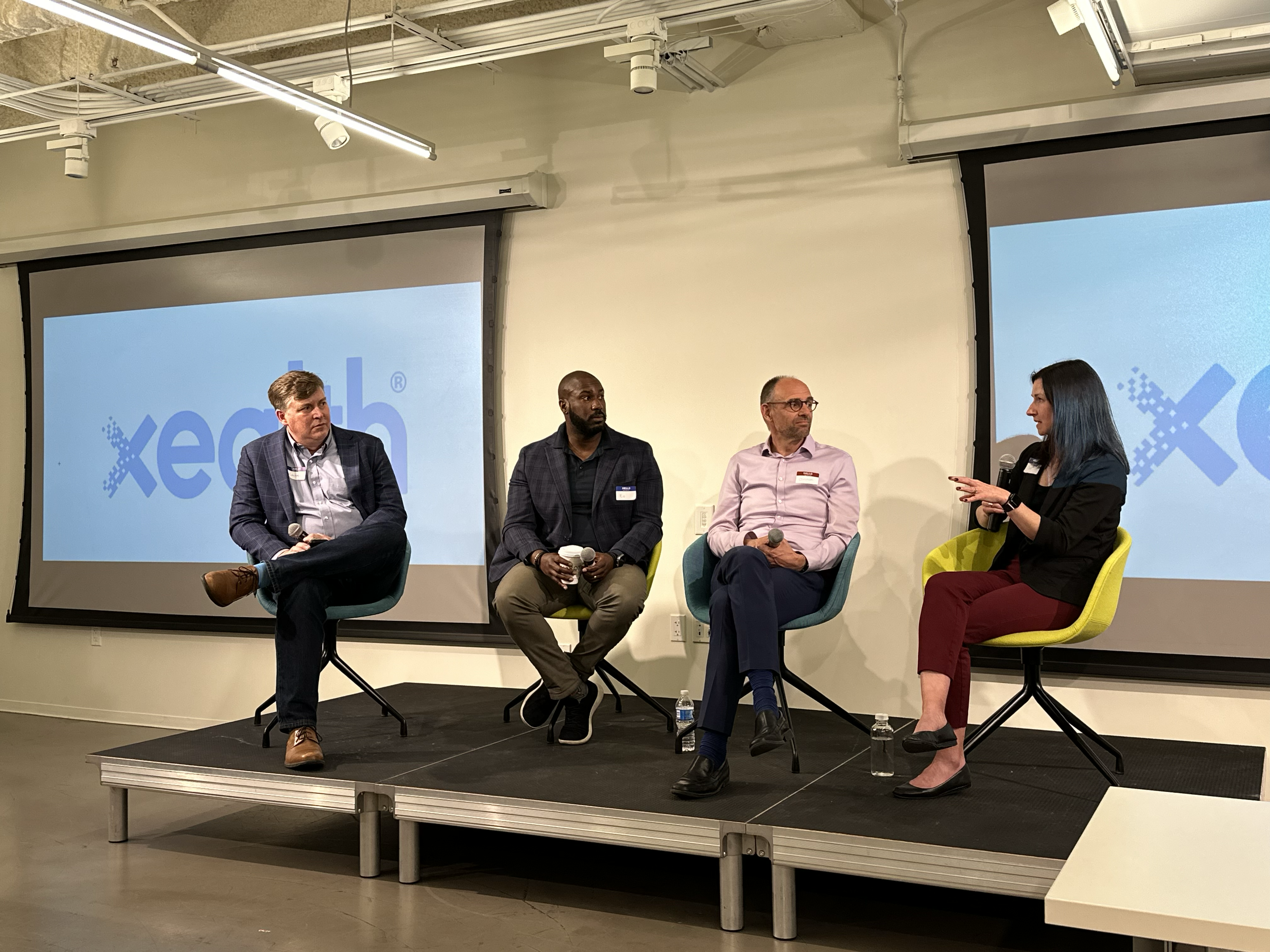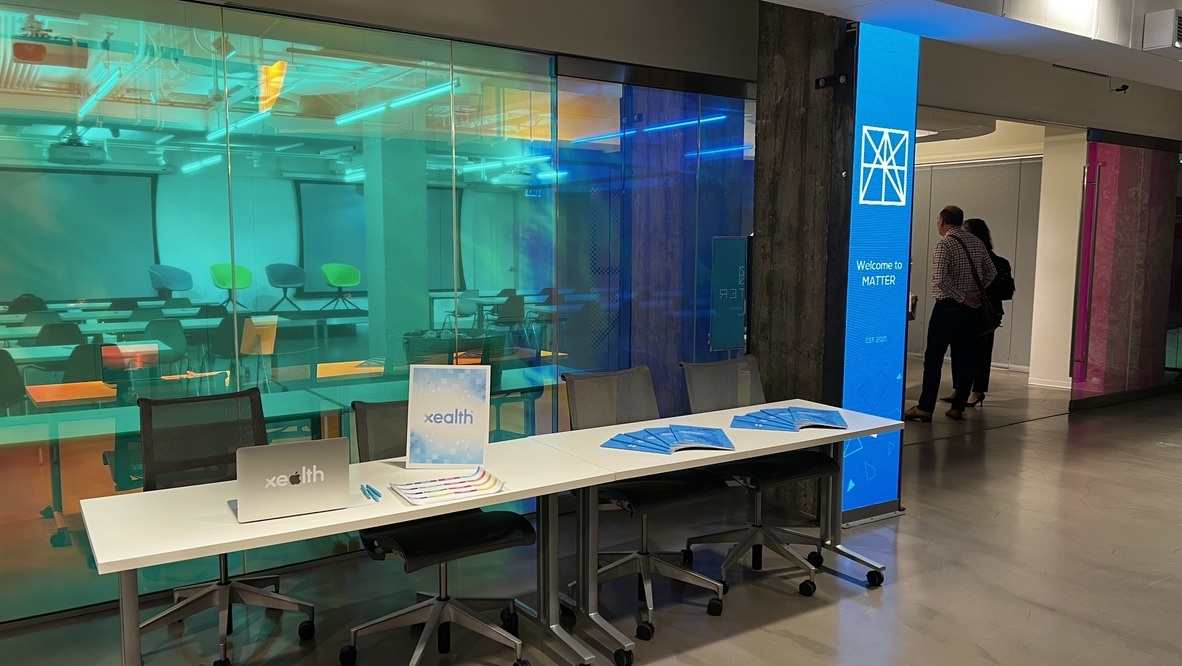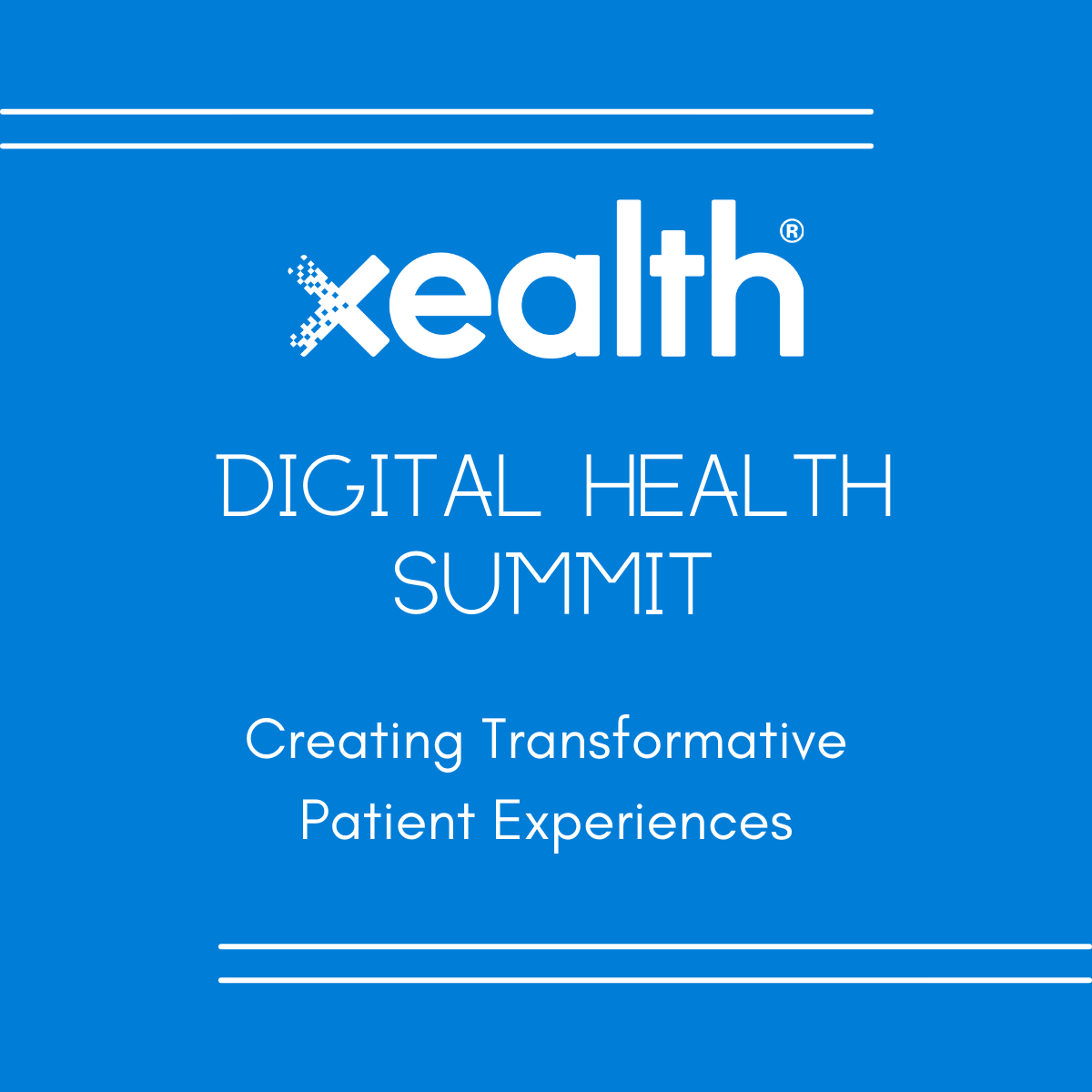Innovation must be balanced with empathy, ensuring that as healthcare becomes more efficient and accessible, it remains deeply attuned to the needs of those it serves. But how do you find time to focus on patient experience, when the world seems to change every day?
Xealth gathered a few friends and family together at the MATTER HQ at the Merchandise Mart in Chicago this week representing Advocate Health, Froedtert & the Medical College of Wisconsin, Pixel Health, and Tidepool, to delve into how each of them are juggling all the challenges thrown at them on a daily basis without losing focus on the patient. One panelist said:

“Focus on the design discipline and think about it as a shift from Care Delivery to Service Delivery. Assemble the entire set of stakeholders that interacts with a consumer, build detailed personas and map the end to end consumer journey.”
Along that journey, digital touch points are essential, and they do work. Another panelist said it was easy to justify allocating resources to digital health:
“It’s simple, clinical outcomes. Our patients have responded incredibly well to our digital solutions when they are provided with the correct support initially and we are seeing that in the data.”
A key theme was the importance of building patient experiences that aren’t just functional but truly exceptional. Below are a few highlights.

The Quest for Excellence in Patient Experience
Consumer-centric design is a concept borrowed from the retail industry but can be uniquely tailored to meet the sensitive demands of healthcare. This approach relies on understanding patient needs and preferences to create a service journey that feels personalized and caring, and not forgetting those that need it most. One panelist said, “We start by planning around the patients that need the most help and designing the process to meet their needs. By providing that level of support, some will use it, many will not but the ones that do will be empowered to take advantage of that many more digital experiences.”
Bridging the Gap Between Care Delivery and Service Experience
Service experience in healthcare can and should diverge from traditional care delivery. The integration of technology can streamline processes and make healthcare more accessible while ensuring that the human touch remains central. Technology should facilitate smoother patient journeys enhancing the overall service quality without compromising the care itself, for example:
-
- Enabling diabetic patients to capture and upload their A1c for the care team to see & interact with. This project was successful because it was an example of the effect of standardization and how simplifying and creating one way to do something can have on care teams.
- Using an RPM platform, we were able to quickly deploy and support a virtual monitoring program during COVID. We were able to meet the patients where they were and provide both technical and human support through an extremely stressful time, and can applywhat we learned to future programs.
- One of the best examples we’ve seen is with our self-enrollment capabilities for our Mental Health platform. By removing the guardrails on requiring physician enrollment in the program and enabling patients to raise their hand and say ‘hey, I need help’ we saw 400 patients enroll in the first month.
Navigating Complex Governance Structures
Health systems are famous for the often convoluted pathways that innovations must navigate before they can be implemented. New ideas need to be tested and adopted without unnecessary governance delays, which means that leaders need clear strategies to work with and around the complex governance structures, such as knowing where to find critical champions who push things through, to understanding existing strategic priorities and reversing the project into them, to ensure they match an area where resources are already being allocated.
Combating “Retail Health” with Accessible Strategies
As retail giants and direct-to-consumer niche services increasingly encroach on the healthcare space, providing convenient, albeit basic,
health services, the professionals at the event discussed how traditional healthcare systems can respond. The consensus was that large health systems still hold the upper hand – they can leverage the inherent strengths of established healthcare providers, such as comprehensive care and specialized expertise and the trust that comes with it, but will have to combine these with approaches that match the convenience and accessibility that retail health offers.
Conclusion: Moving Forward with Innovation and Empathy

The event closed with a commitment to continue pushing the boundaries of digital health to enhance patient care. Creating the best patient experience is not only the right thing to do, but essential given increasing consumer demand and direct-to-consumer health care options making it more and more difficult to make your patients happy and loyal.
Xealth’s event has set the stage for future dialogues and developments in digital health, emphasizing that the path to improving patient experiences lies in a multidimensional approach that includes technology, empathy, and strategic navigation of the healthcare landscape.


